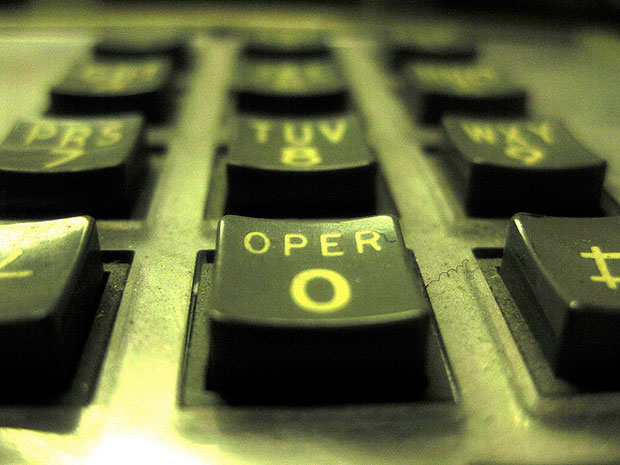One of my favourite techniques of these original hackers was to call numbers with automated recorded messages from the telecommunications company. Some of the recordings were worn and relatively faint. If 2 people called the same number and spoke loudly enough they could in fact hear each other and have free of charge conversations. It is one of the best examples of a disruptive use of technology I have come across sine I started the Disruptive Technologies module as part of my masters. Like a lot of good hacks it is probably born out of a persons ingenuity in the face of socio economic barricades. This kind of innovation is not as simple as that though. The user must have time and patience to discover these disruptive loopholes but also be willing to break the rules. The subsequent underground community of Phreaks knew what they were doing was against the rules but persisted because of the very tangible rewards (free calls). You can listen to the story here.
Another example came to my attention this week but born out of different circumstance. The Qatar/ London based blog SMarchitecture displayed some of their 3d printed items. They used Fused Deposition Modelling to 3d print a series of items but are interested in disrupting that process.
They are hoping to "take advantage of some of the particular idiosyncrasies affiliated with the FDM process.." using a technique they call Design Interrupted and the Meat and Bone technique. When using an FDM printer any structure printed (white) usually has some sort of supporting structure (brown) that is built by the printer with a view to disposal once the print has finished. When I print with an FDM printer I use a chemical bath to dissolve the support structure (brown) but the above example hopes to use both pieces of the resulting structure. It is a clever way of reducing waste but also disrupts a technology making use of a previously overlooked element in the design process. This is what they call the Meat and Bone technique. A kind of physical double entendre. The Design Interrupted technique purposely stops the printing process mid print to expose the structure being used to support their primary design. It's a fantastic example of a disruptive technology and just like the blind boy hacking the phone system the user has fully digested the limitations and extremes of a process and come up with a way of getting something else out of that process. Again there is a blatant disregard to the accepted rules of the process but this time it is probably born out of an almost playful approach to technology. It is also evident that both users have excesses of time.
So what can we learn from this in respect of school design or indeed any type of architecture? If we consider a school to be an agreed interpretation of of space(classroom, playground, this is where we learn etc.) how might its disruption occur and what could we learn from such disruptions in improving future school design? A simple place to start would be with one of the consistent aspects of strong examples of disruptive technology. Rule breaking.
I smoked during my time at school. It was on and off but was really about more than a nicotine addiction. Smoking was of course forbidden but beyond a 'fuck you' to the people in charge it accommodated a re-interpretation of space. We smoked and talked in places littered throughout the school in defiance of school rules with a view to, at a slight stretch, peer to peer learning.
The above satellite image is of my secondary school in Galway. Looking at the school I can identify 4 external smoking areas and remember at least 4 internal smoking areas (toilets, under the stage etc.). We as students/ users, usually slightly bored, disregarded the rules and re defined space to suit out needs. In Scotland's curriculum for excellence a strong emphasis has been placed on peer to peer learning. No longer a place where the teacher is the sole provider of information in an industrial revolution style classroom we are aspiring to move towards a more open and collective learning experience where the teacher becomes more of a guiding force allowing the students to investigate and learn together away from the traditional strict supervision of the teacher. I am not suggesting we need more smoking areas for children but we can learn from a students use of space. Like the debatable achievements of Planking, smoking highlights an ability to re-configure/ hack/ disrupt space through simple actions.
Further studies in this interpretation of space may lead to a deeper understanding of peer to peer learning but would place the emphasis on the student. The student is the user. What if the architect is the user? Recent visiting professor Mike Cadwell described architecture as a "re-configuration of the earth's materials". If we take the new design for Portobello High School (the subject of disruptive technologies, Design term 2) as this re-configuration and consider the implementation of the Scottish governments curriculum for excellence as a re-interpretation of learning(space), how might the lessons from disruptive technologies be implemented to achieve something positive? Answers might be found in students use of technology (their phones/ personal devices) but I am more interested in how the architect might encourage genuine peer to peer learning through good design. New school design is trying to achieve this through the erosion of the classroom and providing frequent opportunity/ space for students to find somewhere quiet to read, or a comfortable space for a group to discuss a text or maths problem. Can the design process be disrupted/ hacked?




No comments:
Post a Comment